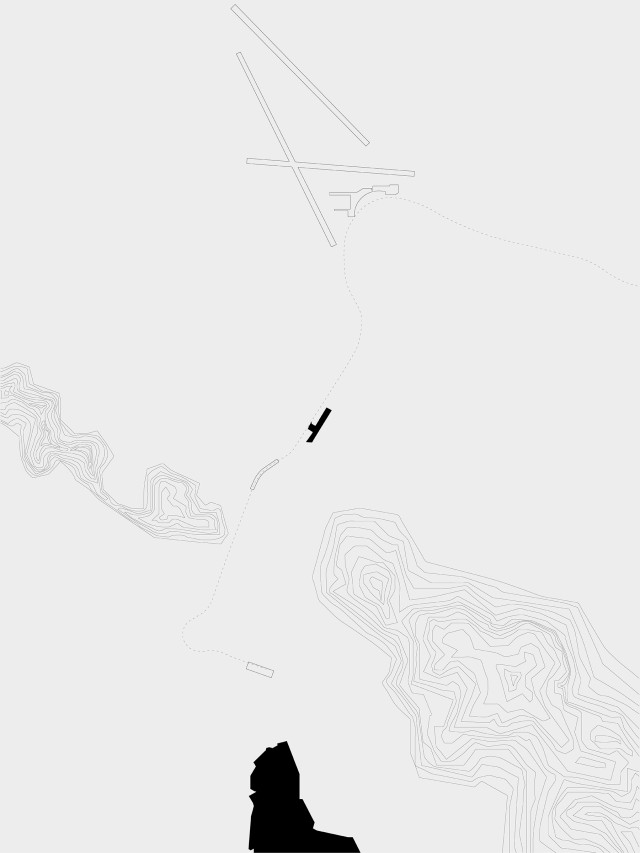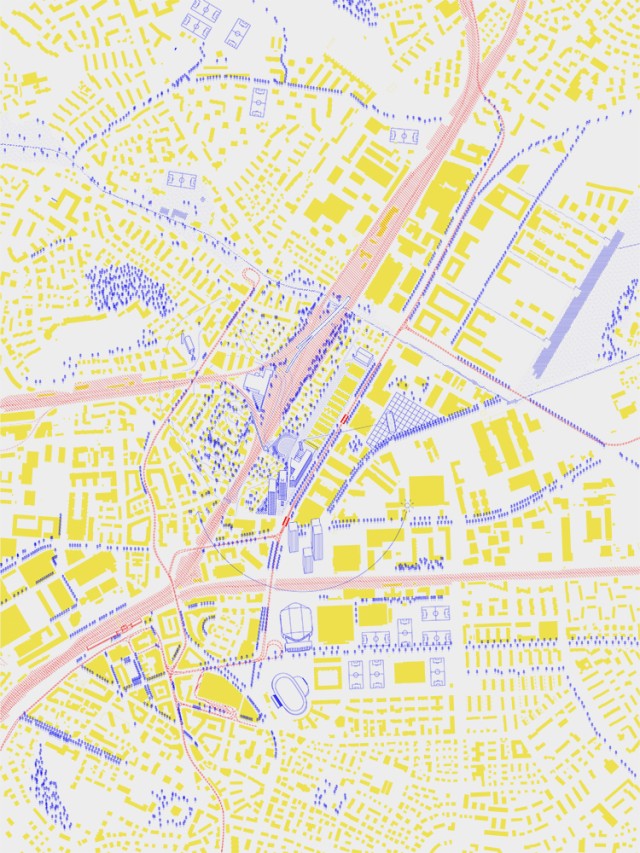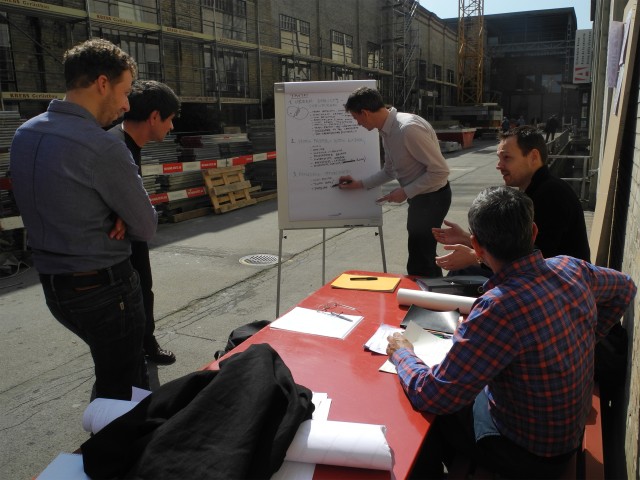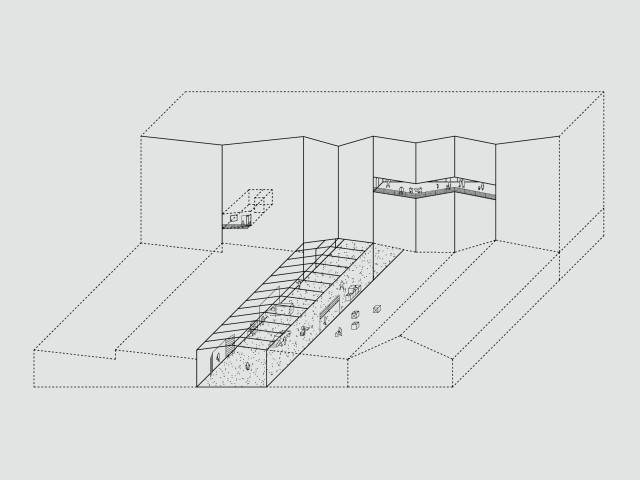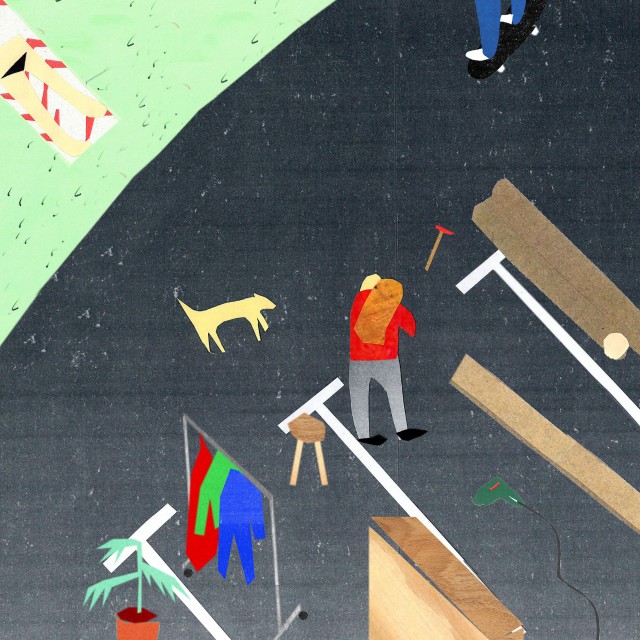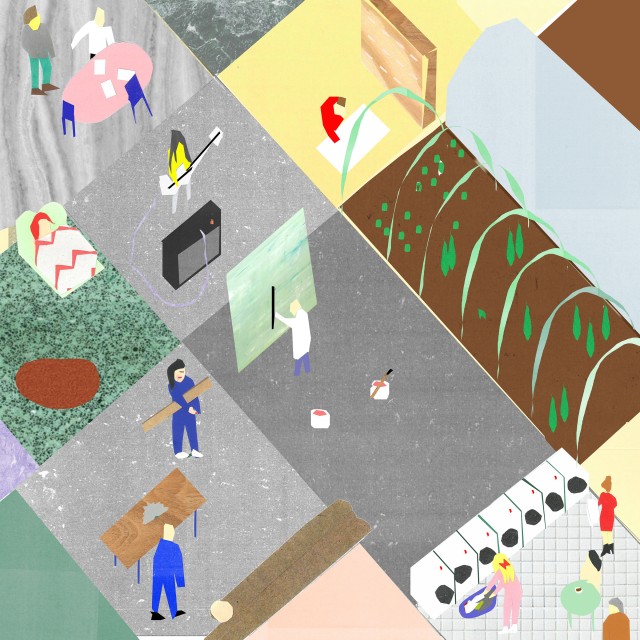Thurgauerstrasse
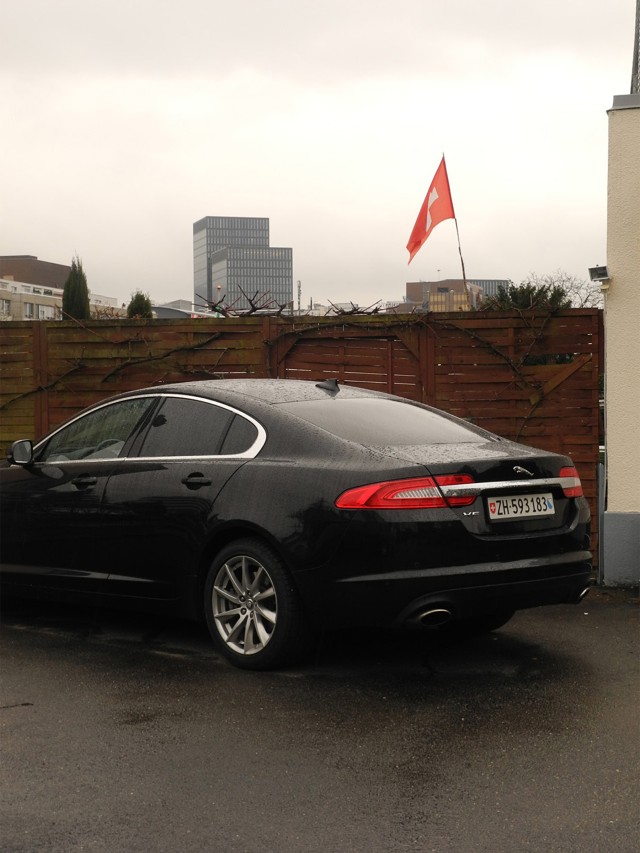
In 2014, 51N4E was appointed as one of three interdisciplinary teams to investigate a new regulatory framework for a narrow 6.5 ha parcel north of Zurich. As one of the last large plots still owned by the city, the question was how to activate it and produce an affordable living environment. The city’s intention to combine the development of an affordable and even popular housing offer with the overarching goal of a 2000-watt society was highly ambitious and required a paradigm shift away from a purely individualistic and consumption-driven model. In such economically challenging contexts, this put two new values on the agenda: the value of (organized) sharing and the possibility for city dwellers to become producers again.
In the design proposal, we developed some notions that could help to break down this larger transition goal into manageable components: 1) making a low-definition environment, simple to maintain and open for appropriation; 2) setting up a development with different life cycles to let buildings adapt their changes in use; and 3) the concept of mini (flat, atelier, capitalism), allowing lower investments in the private sphere and thus creating the financial margin to invest in the collective offer.
To realize these ambitions on a sliver of land too thin to host a normal city block, we developed a spatial configuration that can act like an interface, precariously placed between two highly different contexts: a twentieth-century allotment and a twenty-first-century high-rise tower district. Rather than just adding up to what exists, we investigated the role the site can play in redefining and relinking these dramatically different urban areas.
The proposed spatial set-up is hybrid, explicitly fragmented to make connections beyond the plot. The largest portion of housing is provided in a site-specific yet systematic typology. A simple stacking of a five-level housing strip sits on top of a large-scale base that is a sequence of productive and polyvalent ‘sheds’ that vary in use between commercial space, productive space, public space , ground-floor housing and collective services. It meets the city’s ambition to provide an affordable and even popular offer of housing, and combines this with a substantial number of flexible facilities, both indoors and outdoors, combining the organized with the informal.
-
Location
Zürich
-
Client
Urban planning department, City of Zürich
-
Project
Study
-
Invited competition
2014
-
In collaboration with
Steff Fischer, Rotler Krebs Partner, Klaus Zweibrücken, Intosens AG
-
51N4E project team
Freek Persyn, Charlotte Schmidt, Galaad van Daele, Marta Petrov, Sebastian Weindauer, Samuel Jaubert de Beaujeu, Dario Crnogaca
-
51N4E involvement
Full Process
-
Programme
Housing, workshops, ateliers, school, public space
-
Site surface
47.447 m²
-
Built surface
125.350 m²
